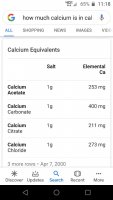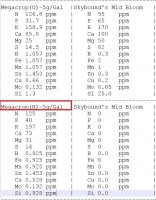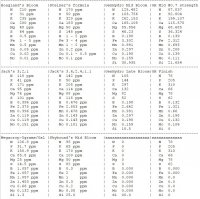LiberalThinker
Well-Known Member
I meant monitor or observe. In a few weeks I'll be able to monitor a plant in DWC and see this process in action when I think its roots are sufficiently mature to go in.I'm not understanding your question the way it's asked.
Tracking conductivity, at least if done with sensors and code would likely not be possible as we have no way of knowing at all times the health of the roots or when each plant will choose to uptake from the water that's running over it's roots. For me, I observe, but don't track if you can comprehend the difference. Generally speaking, I notice this fall between weeks 3 till about 6 of bloom. Also in mid-late veg, but this is not a science that can be predicted and is likely reliant on my ability to keep the roots in supreme condition at all times which itself is beyond my ability to guarantee. Of course I will always intend to give/do my my best, how my efforts are realized is between the plants and God and is out of my control.




 ).
). 



